40 open-label study disadvantages
Attitudes towards open‐label versus placebo‐control designs in ... However, open-label design can be associated with several limitations such as possible higher patient dropout, concerns regarding the internal ... Effects of open-label placebos in clinical trials: a ... - Nature Web16 feb. 2021 · Eleven trials were eligible for meta-analysis. These trials assessed effects of OLPs on back pain, cancer-related fatigue, …
Understanding Clinical Trial Terminology: What is an Open Label ... Open-label trials can be used to compare treatments or gather additional information about the long-term effects in the intended patient population. In some instances, patients who complete one clinical trial may be eligible to continue in an open-label extension study where all participants are eligible to receive active treatment for an ...

Open-label study disadvantages
limitations of open-label studies assessing antiangiogenic therapies ... Open-label studies overestimated the risk of vascular adverse events with AA by at least 50%. Meta-analyses assessing adverse drug events should therefore be ... Open-Label Extension Studies | SpringerLink The number of open-label extension studies being performed has increased enormously in recent years. Often it is difficult to differentiate between these extension studies and the double-blind, controlled studies that preceded them. If undertaken primarily to gather more patient-years of exposure to the new drug in order to understand and gain confidence in its safety profile, open-label ... Guidance for Clinical Trial Sponsors - Food and Drug Administration studies (see 21 CFR 312.50 and 312.56 for drugs and biologics, and 21 CFR 812.40 and 21 CFR ... that some approaches have particular advantages or disadvantages. In this document, we
Open-label study disadvantages. Effects of open-label placebos in clinical trials: a ... - Nature Feb 16, 2021 · Eleven trials were eligible for meta-analysis. These trials assessed effects of OLPs on back pain, cancer-related fatigue, attention deficit hyperactivity disorder, allergic rhinitis, major... External and internal validity of open label or double-blind WebIn general, a blinded trial is regarded as being less subject to bias than an open trial because it minimizes the impact of knowledge of treatment allocation on post … Open-label extension studies: do they provide meaningful ... Negative aspects of open-label extension studies revolve around their use as a marketing tool, as they build a market for the drug and generate pressure for subsidised access to the drug from consumers and their physicians. Crossover trials: what are they and what are their advantages and ... Statistical tests have been suggested in order to test the carry-over risk, but a great chance of a type-II error (falsely accepting the null hypothesis, here: falsely accepting the hypothesis that there is no interaction between treatment and study-period or study-group) persists.
Investigating Potential Bias in Patient-Reported Outcomes in Open-label ... In 2009, the US Food and Drug Administration (FDA) released its first guidance on PROs, which states that PRO labeling claims in open-label trials can be problematic.1Nonetheless, because of the highly symptomatic nature of cancer and its treatment, PRO measures have been incorporated in cancer trials for many years, and these trials are … Bias for Patient-Reported Outcomes in Open-Label Cancer Trials: How Big ... A common concern with patient-reported outcomes (PROs) in open-label trials is that a patient's knowledge of treatment received could influence their view and reporting of their symptoms. With this in mind, members of the US Food and Drug Administration explored the possibility of such bias in a recent viewpoint published in JAMA Oncology. End of Trial and Open-Label Extension (OLE) Frequently Asked ... Open Label Extension, or OLE, is a phase of a study that occurs after the randomized (blinded) portion of the trial is completed if a drug is found to have the potential for benefit. Eligible trial participants take the active form of the drug without placebo. OLE allows active drug to be given to all participants at the same time and to follow them over time. Open-label trial - Wikipedia Open-label trials may be appropriate for comparing two similar treatments to determine which is most effective, such as a comparison of different prescription anticoagulants, [4] or possible relief from symptoms of some disorders when a placebo is given. [5] An open-label trial may still be randomized.
Open-Label Trial - an overview | ScienceDirect Topics Open-label studies lack the rigor of blinded studies. Since the lack of blinding can introduce significant bias, reserve the use of open-label studies for situations in which blinding is neither feasible nor ethical or in cases where the outcome is completely objective, such as survival. Some situations include: • What is an Open-Label Clinical Trial? - News-Medical.net Clinical trials are vital for the design and development of safe drugs, treatments, and medical interventions and bringing them to market. Often, the idea for a clinical trial starts in the laboratory. Researchers will test new drugs and treatments in animal models, with the most promising being considered for clinical trials. There are four phases... Pilot Studies: Common Uses and Misuses | NCCIH 1 day ago · For most interventions proposed by NCCIH investigators, suspected safety concerns are quite minimal/rare and thus, unlikely to be picked up in a small pilot study. If any safety concerns are detected, group-specific rates with 95 percent confidence intervals should be reported for adverse events. Open-label-Studie - DocCheck Flexikon Als Open-label-Studie bezeichnet man eine klinische Studie mit einem Studiendesign, bei dem sowohl die Probanden als auch der Prüfarzt über den verabreichten Wirkstoff in Kenntnis gesetzt werden. Dieses "entblindete" Studiendesign stellt das Gegenstück einer Einfachblindstudie und Doppelblindstudie dar.
Epidemiology and Clinical Research Design, Part 1: Study Types. It is difficult to ensure that the exposed and control groups have the same risk of outcome (other than the exposure). In addition to known baseline characteristics for which the exposed and control groups are matched, there may be unknown prognostic factors that are unevenly distributed in the 2 groups contributing to the outcome.
Open-Label Trial - an overview | ScienceDirect Topics Open Label Studies. In open label trials, both the study participant (and caregiver where applicable) and the investigator are aware of the treatment provided to study participants. A common use for this design is in an extension trial, which immediately follows a randomized controlled trial, and is used for gathering safety data in the same ...
Treatment Use of Investigational Drugs | FDA There are four requirements that must be met before a treatment IND can be issued: 1) the drug is intended to treat a serious or immediately life-threatening disease; 2) there is no satisfactory ...
External and internal validity of open label or double-blind ... In these trials, open-label or double-blind double-dummy designs are being used to evaluate the efficacy and safety in prevention and treatment of venous thromboembolism or stroke prevention in atrial fibrillation in several thousands of patients.
External and internal validity of open label or double‐blind ... Sep 15, 2011 · Naturally, in open-label trials in anticoagulation there is a risk of a reporting bias of adverse events. Patients may research the new drug and its side-effects in publications and may be influenced in their reporting behaviour of potential side-effects. Furthermore, investigators may be equally susceptible to a reporting bias.
What is an open label trial? | The BMJ May 23, 2014 · Researchers assessed the effectiveness of prazosin combined with scorpion antivenom in assisting recovery from scorpion sting. An open label randomised controlled trial study design was used. The control treatment was prazosin alone. The setting was a hospital and research centre in Mahad, a region of India.
Open-label extension studies: do they provide meaningful … WebNegative aspects of open-label extension studies revolve around their use as a marketing tool, as they build a market for the drug and generate pressure for subsidised …
PDF What Are Open-Label Extension Studies For? - The Journal of Rheumatology In open-label assessment studies, there is a sig-nificant risk of biased assessment. Analysis of all subjects who were randomized (intent to treat analysis) is another important technique, since subjects who drop out can differ in crucial ways from subjects who remain in the study. In open-label extension studies, only a proportion of the sub-
Reducing bias in open-label trials where blinded outcome ... Nov 21, 2014 · Background Blinded outcome assessment is recommended in open-label trials to reduce bias, however it is not always feasible. It is therefore important to find other means of reducing bias in these scenarios. Methods We describe two randomised trials where blinded outcome assessment was not possible, and discuss the strategies used to reduce the possibility of bias. Results TRIGGER was an open ...
(PDF) What is an open label trial? - ResearchGate Another limitation is linked to the open trial design, where participants are aware of their group allocation, thereby the risk of potential response bias ( ...
External and internal validity of open label or … Web15 sept. 2011 · As a consequence, an intense discussion of the advantages and disadvantages of open-label or double-blind trials is currently under way and …
Statistical controversies in clinical research: limitations of open ... Open-label studies overestimated the risk of vascular adverse events with AA by at least 50%. Meta-analyses assessing adverse drug events should therefore be restricted to DB randomized trials. Keywords antiangiogenics vascular adverse drug events open-label trial double-blind trial reporting biais meta-analysis Key Message
Open-Label Trial | NIH - HIV.gov In open-label trials, both the researchers and participants know which drug (or other intervention) is being given to participants. ... Double-Blind Study. Print. Print this term. Download Glossary. English Version PDF(3.13MB) Spanish Version PDF(3.16MB) CONNECT WITH US. Facebook. Twitter. Instagram. Email Updates. Footer menu. Home;
Open Clinical Trials | Bioclever Blog A trial is open or open label when the patient knows if he/she has been assigned to the experimental or control treatment arm. · A single-blind ...
Guidance for Clinical Trial Sponsors - Food and Drug Administration studies (see 21 CFR 312.50 and 312.56 for drugs and biologics, and 21 CFR 812.40 and 21 CFR ... that some approaches have particular advantages or disadvantages. In this document, we
Open-Label Extension Studies | SpringerLink The number of open-label extension studies being performed has increased enormously in recent years. Often it is difficult to differentiate between these extension studies and the double-blind, controlled studies that preceded them. If undertaken primarily to gather more patient-years of exposure to the new drug in order to understand and gain confidence in its safety profile, open-label ...
limitations of open-label studies assessing antiangiogenic therapies ... Open-label studies overestimated the risk of vascular adverse events with AA by at least 50%. Meta-analyses assessing adverse drug events should therefore be ...






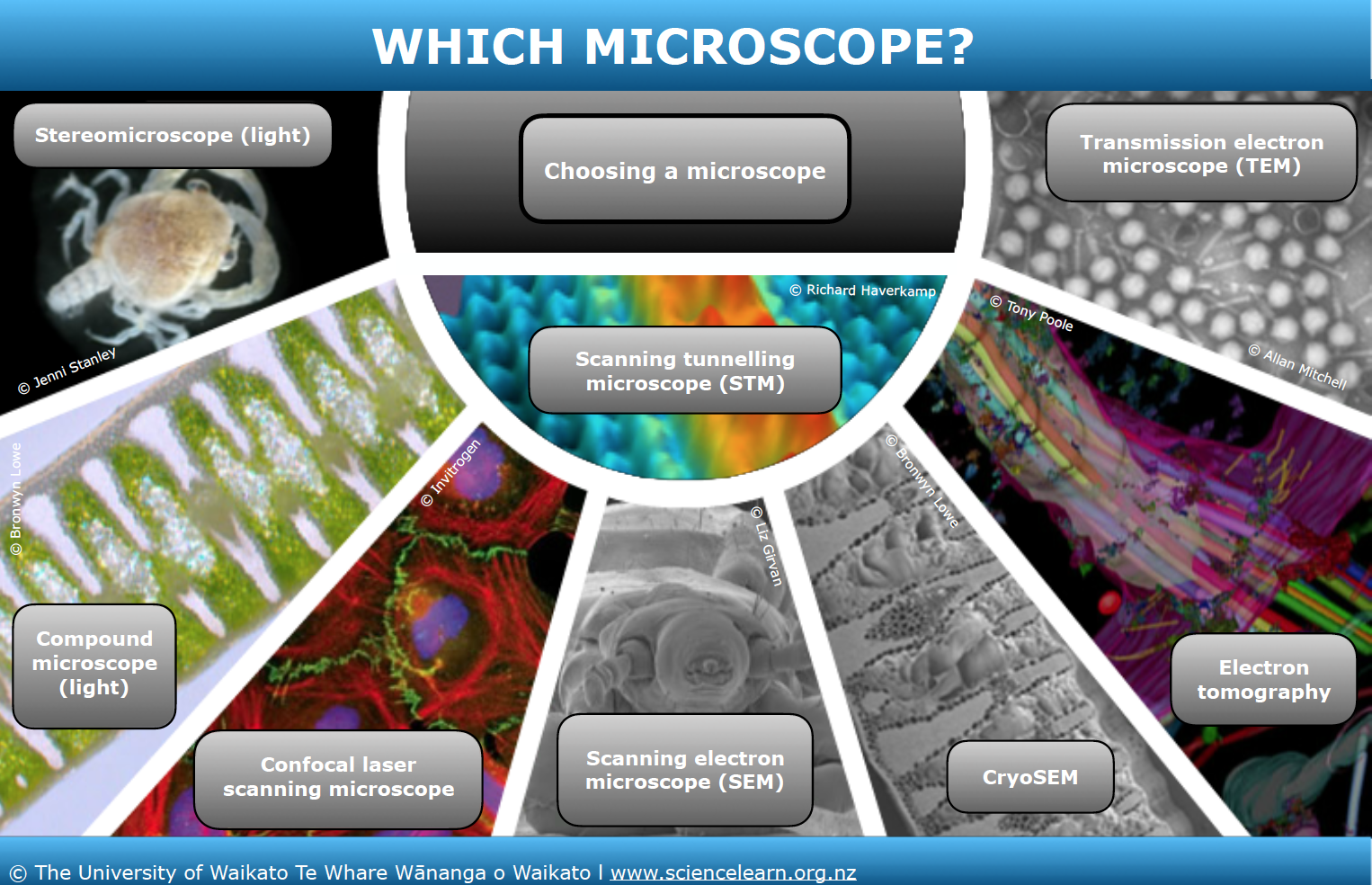





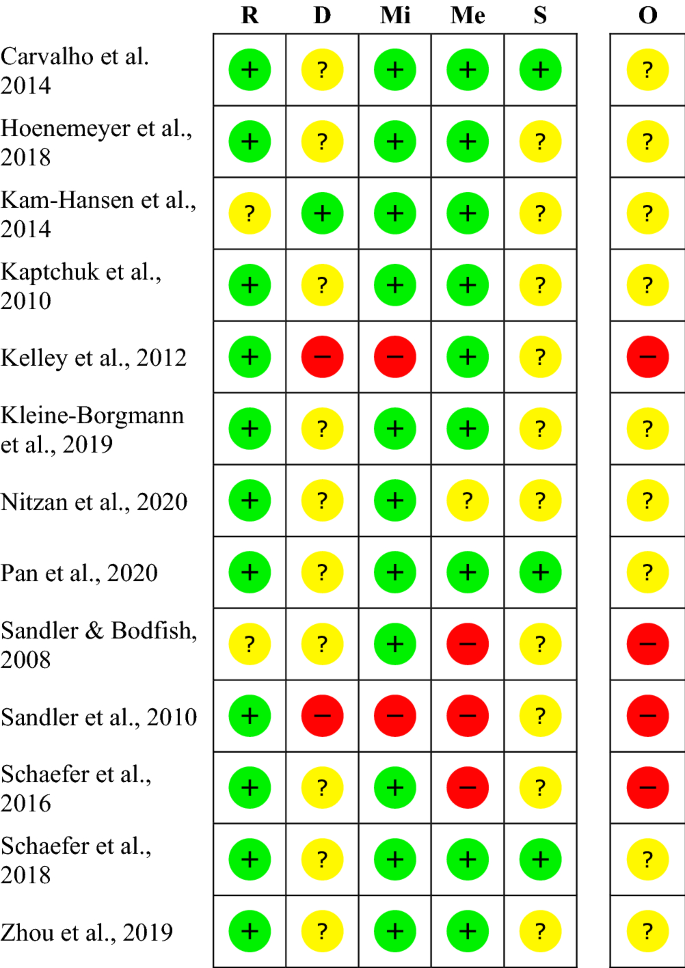
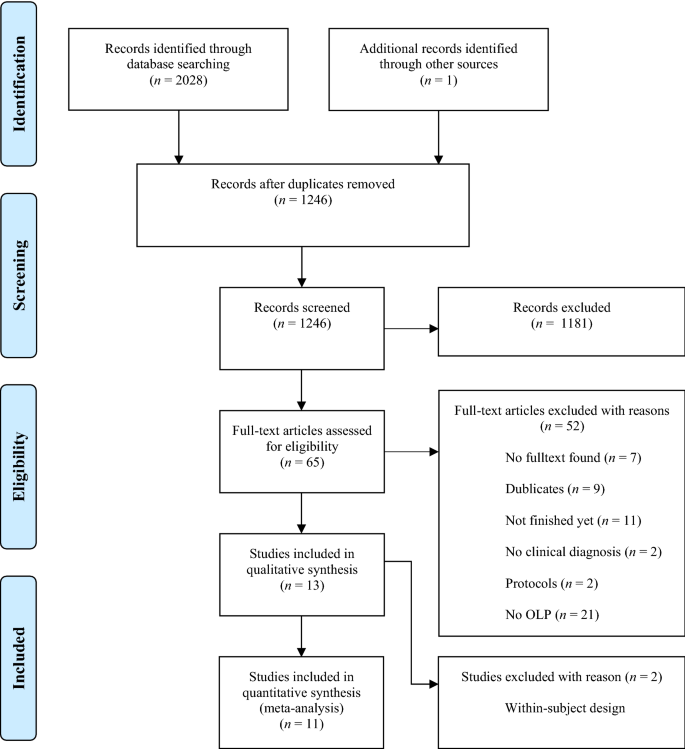




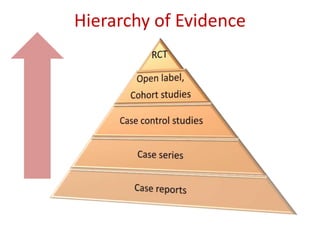

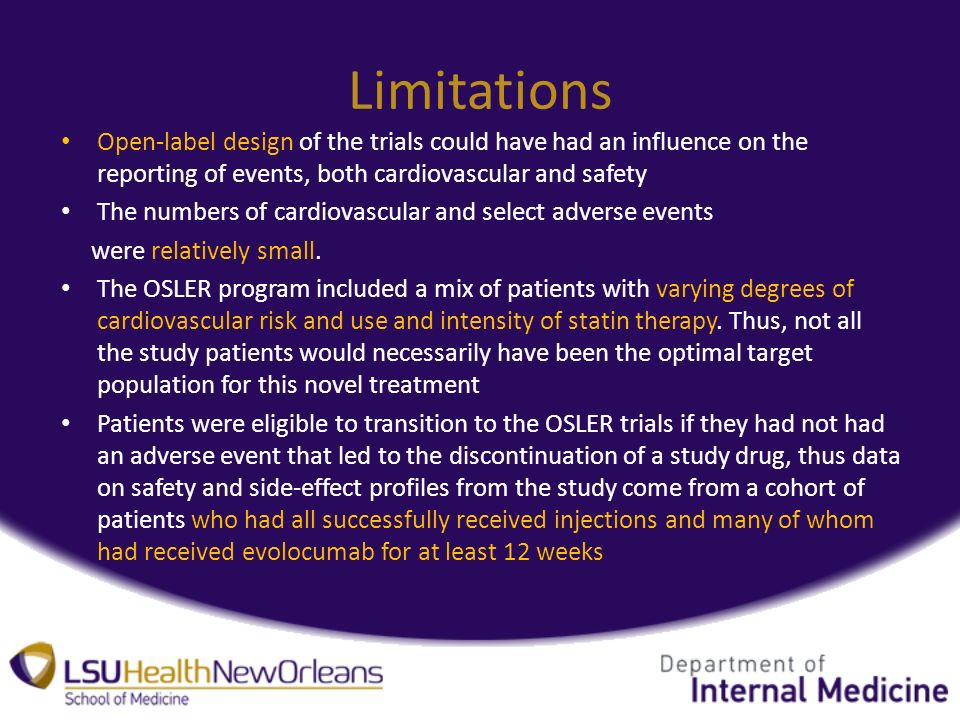

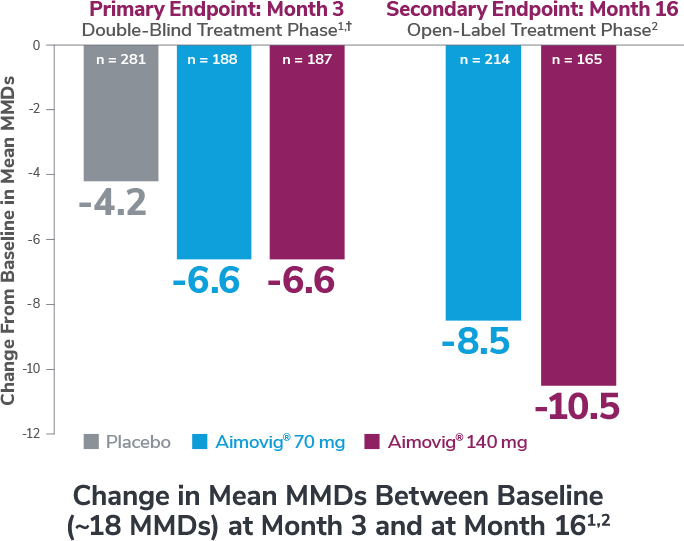
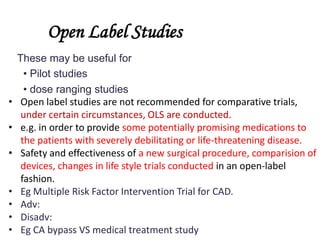
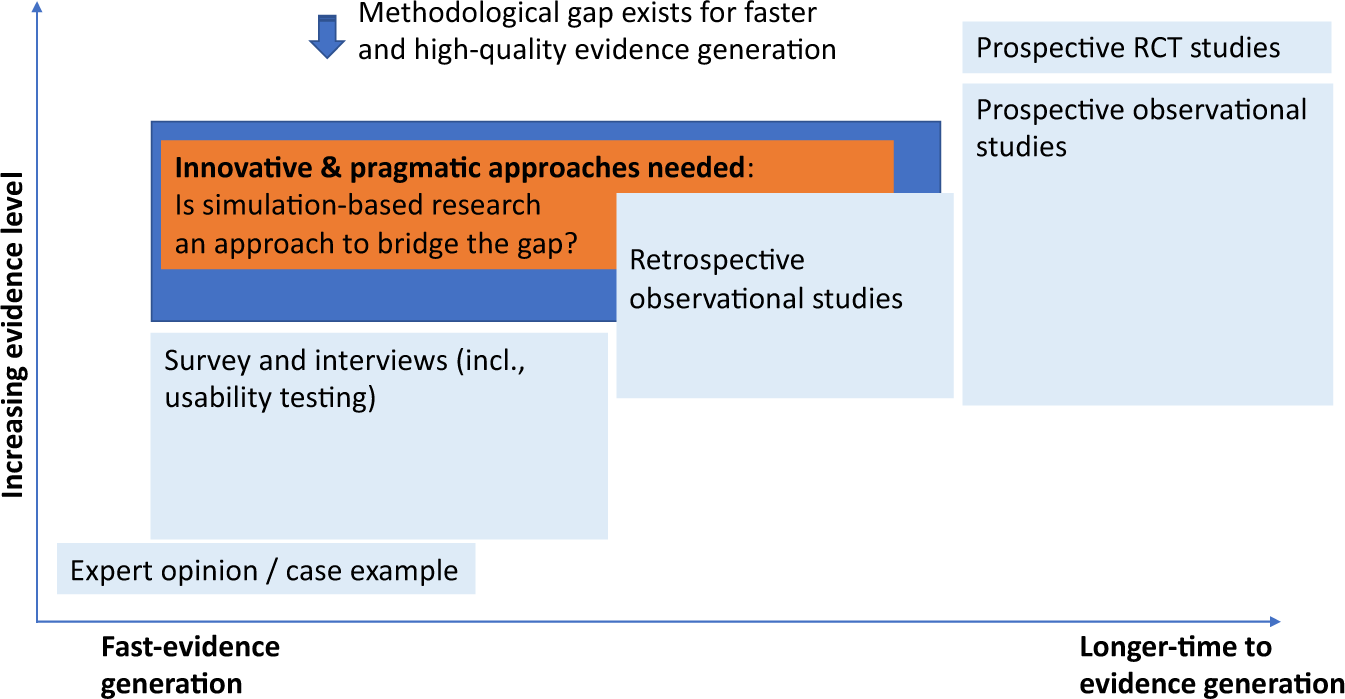








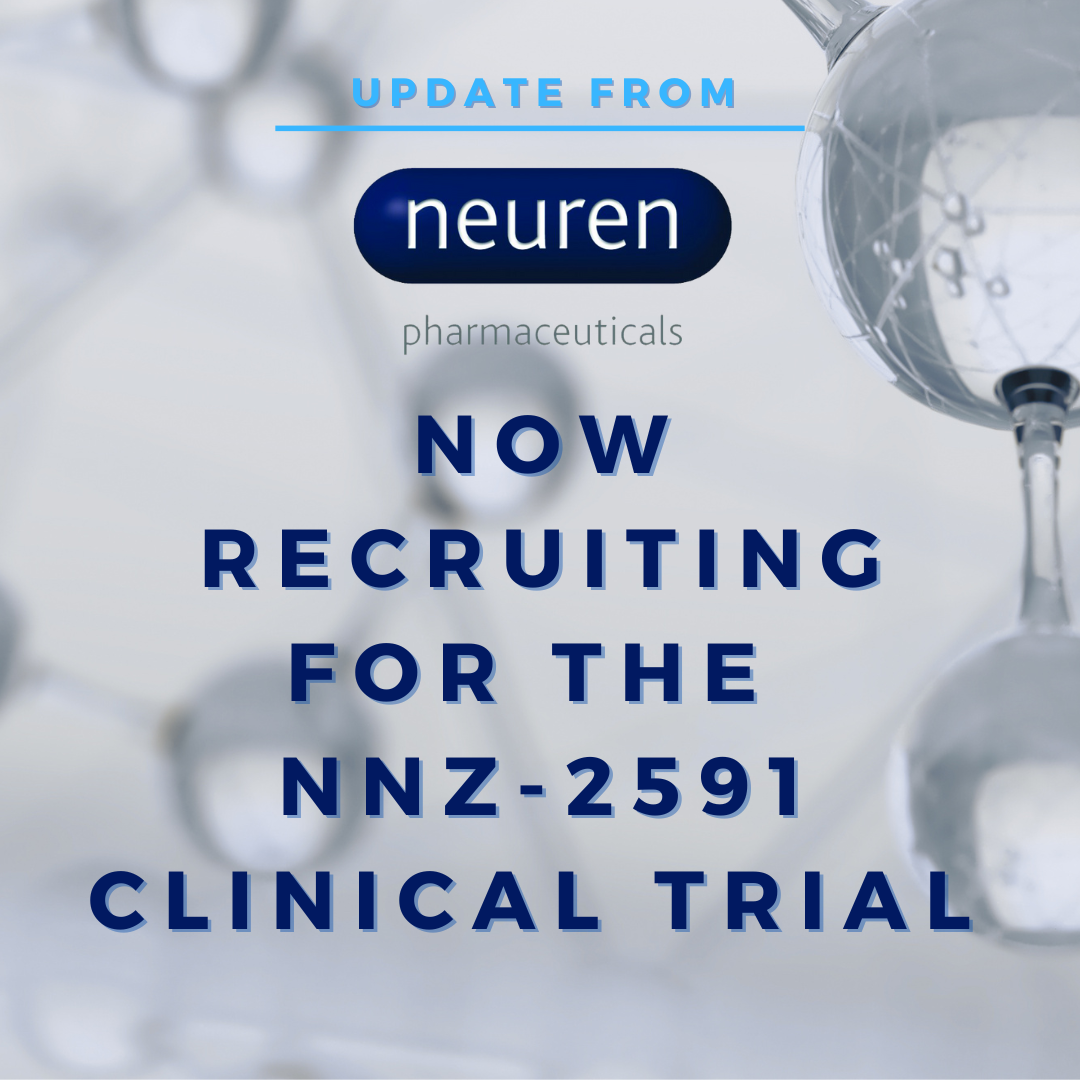

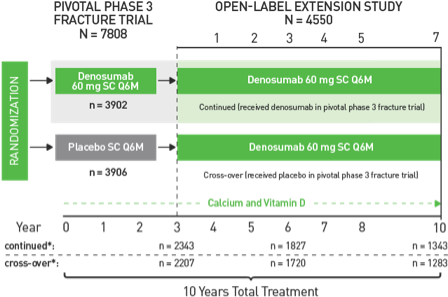
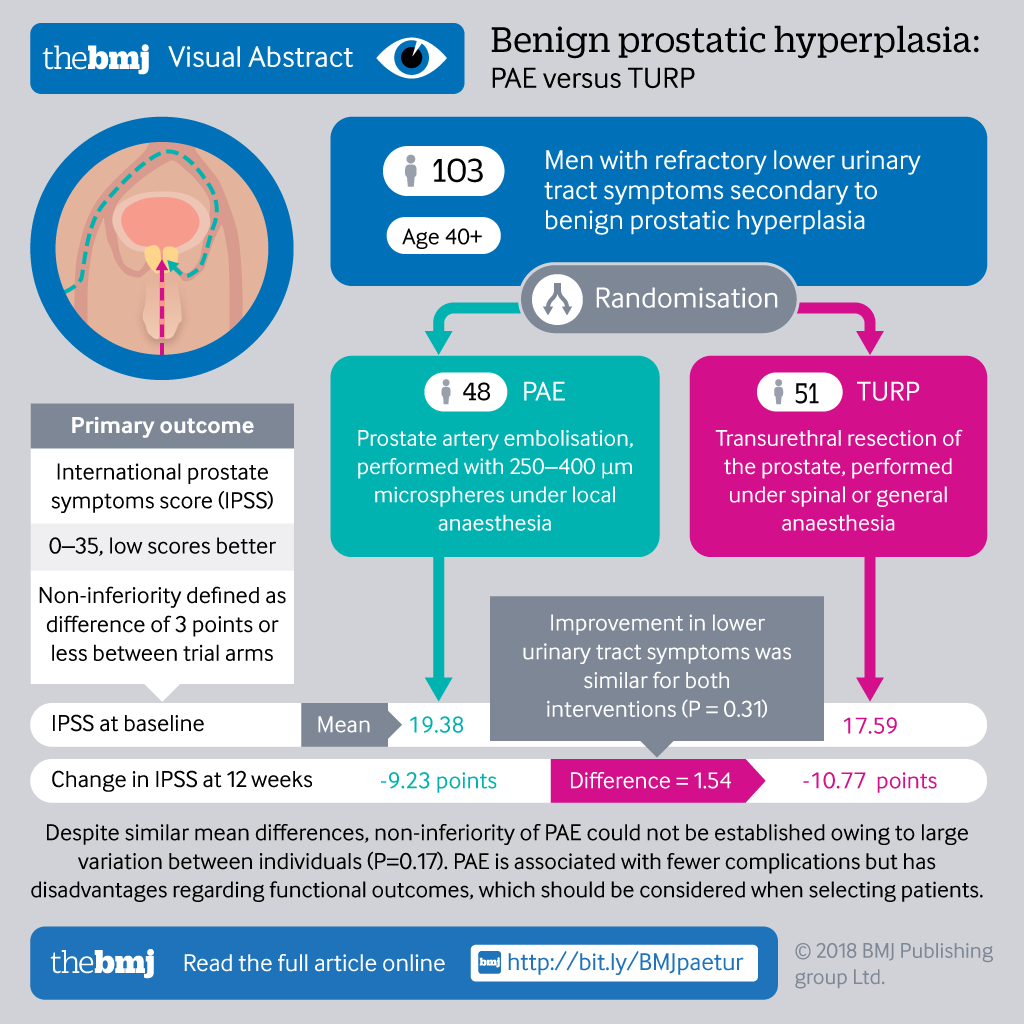
Komentar
Posting Komentar